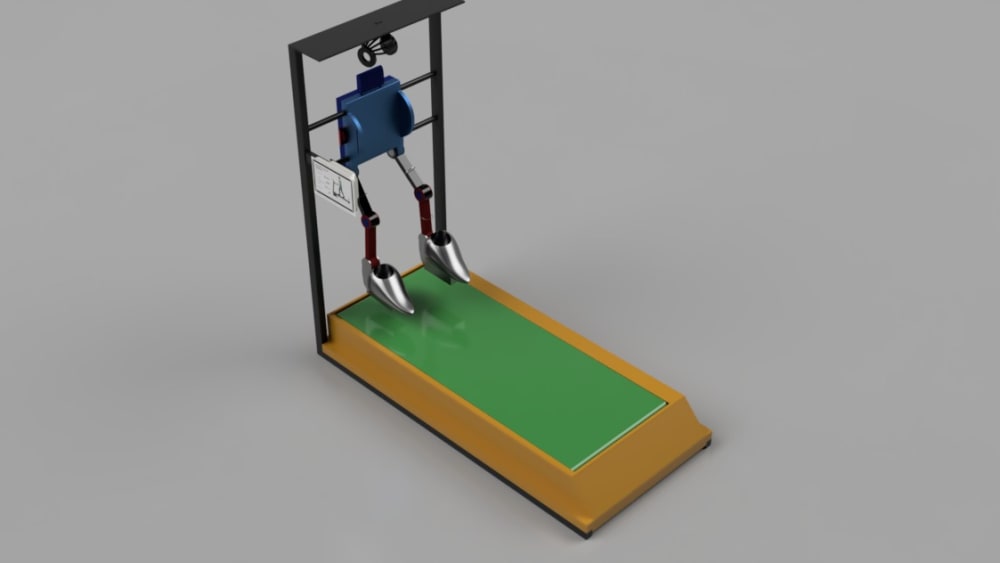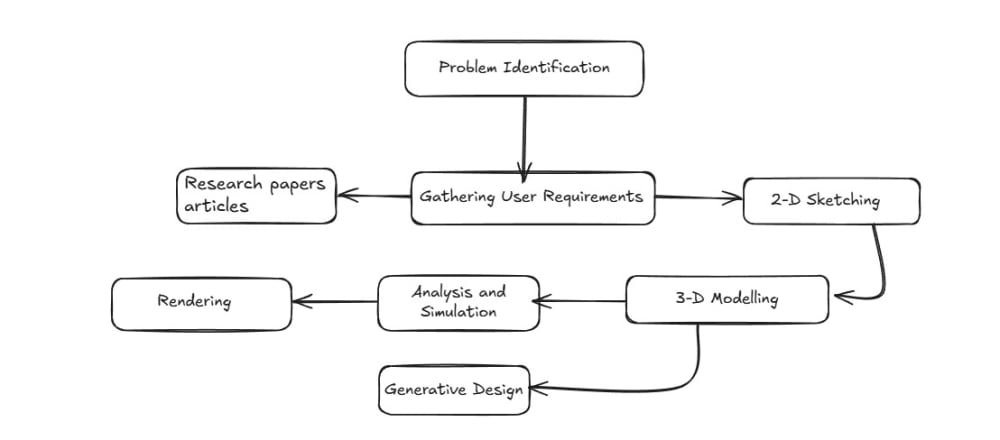The project focuses on developing an advanced rehabilitation solution designed to aid individuals undergoing lower-limb neuromuscular recovery. At its core, the innovation integrates a lower-limb exoskeleton with a treadmill capable of simulating variable slopes, supported by immersive Virtual Reality (VR) environments. This combination enables a holistic and engaging rehabilitation process, enhancing both the physical and cognitive recovery experience for patients.
The primary objective of the project is to replicate real-world walking scenarios such as slopes, stairs, and uneven terrains within a controlled clinical setup. This is achieved through a treadmill base with adjustable incline capabilities paired with a VR headset that transports the user into realistic virtual terrains. Patients can thus train in a wide range of environments without leaving the rehabilitation center. The immersive VR not only boosts engagement but also aids in mental stimulation, which is crucial in neurorehabilitation.
The mechanical aspect of the design includes a highly adjustable lower-limb exoskeleton tailored to support different body types and physical conditions. This exoskeleton assists movement during walking and slope training, reducing the physical effort required by patients while ensuring proper joint alignment and motion patterns. Generative design was employed in the development phase to optimize weight distribution and ensure the device is both lightweight and durable.
Real-time monitoring is a key component of the system. Sensors embedded within the exoskeleton and treadmill continuously track parameters such as joint angles, stride length, step count, gait balance, walking speed, and incline level. This data is instantly relayed to both the patient and the physiotherapist, enabling dynamic feedback and adjustments to the training regime. The system is equipped with adaptive resistance and motion control, meaning it can respond to a patient’s performance and gradually increase the difficulty level, supporting progressive rehabilitation.
To ensure user safety, several mechanisms have been integrated, including emergency stop buttons, balance stabilization supports, and body harnesses to prevent falls. These features make the system safe even for patients with severe mobility challenges.
Despite its technological complexity, the design remains cost-effective and portable, targeting deployment in rural and semi-urban rehabilitation centers where access to advanced medical infrastructure is often limited. The modular build allows for easy assembly and maintenance, making it a practical choice for widespread implementation.
From a design perspective, the project incorporates aesthetic appeal through realistic rendering and animation. These visuals help demonstrate how the device operates and provide a clear picture of its real-world application. The entire development process—from component modeling to functional simulation—has been meticulously planned to ensure the final product is both functional and user-friendly.
Overall, the project represents a convergence of mechanical engineering, biomedical innovation, and immersive technology. It addresses the critical need for engaging, efficient, and accessible rehabilitation systems, offering a promising future for patients recovering from injuries or neurological conditions that impair mobility.
Like this entry?
-
About the Entrant
- Name:Srinatheesh S
- Type of entry:teamTeam members:
- ASHWIN K
- SRINATHEESH S
- Arunkumar R
- Software used for this entry:AUTODESK FUSION 360
- Patent status:pending









